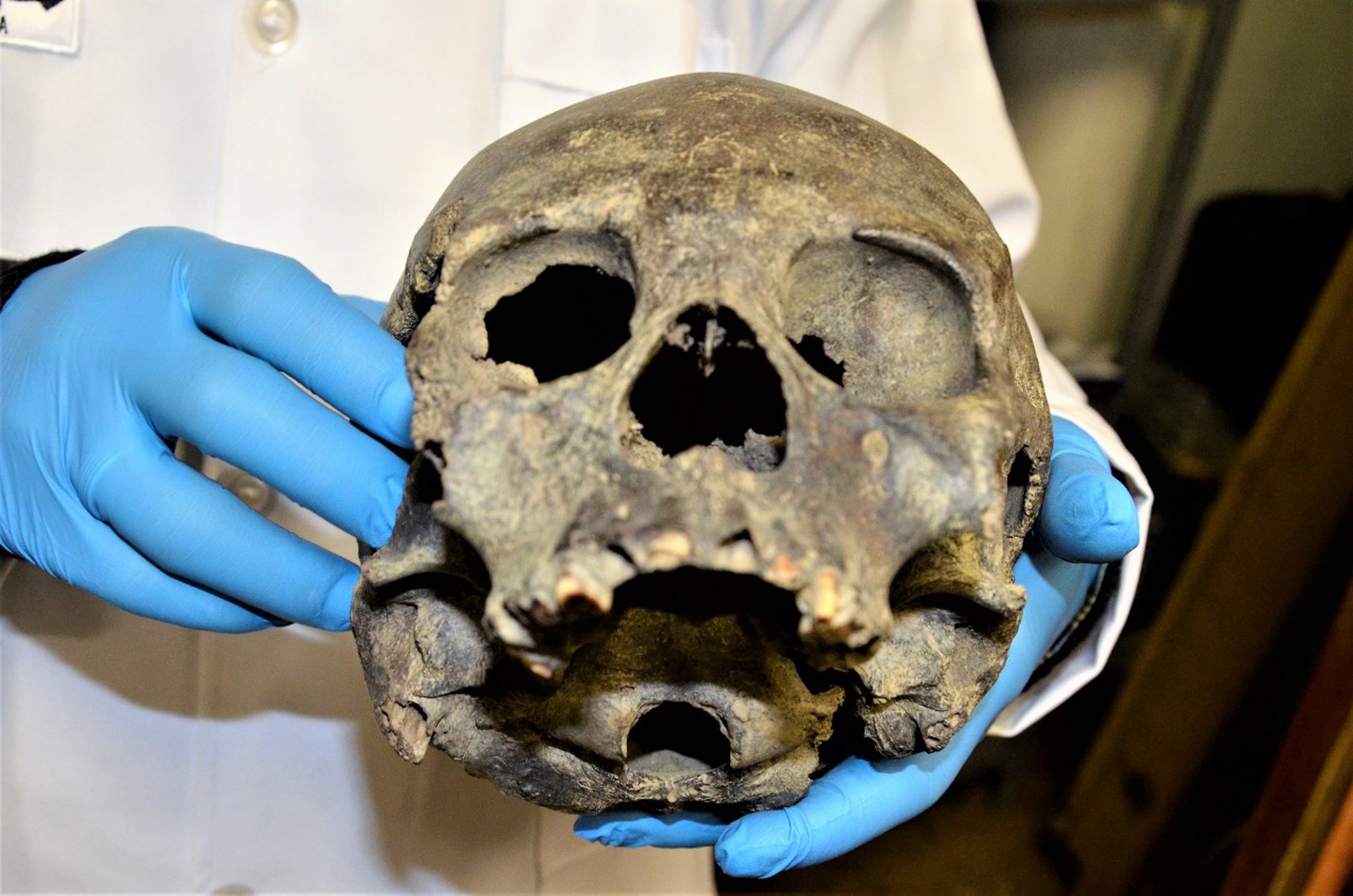
Reconstructing ancient skulls in Bolivia
An archaeological project in Bolivia aims to uncover the faces of a people who lived 3,000 years ago.
Bolivia's National Museum of Archaeology has launched a project to reconstruct skulls from the pre-Columbian Tiahuanaco culture, in order to discover what the faces of people looked like who lived in the Bolivian Andes more than 3,000 years ago, the Culture and Tourism Ministry said.
The museum preserves more than 150 Tiahuanacan skulls with deformations, many of which will be reconstructed according to a "long and short-term" plan, the ministry said in a statement.
The program is part of the government's endeavor to "recover, preserve and promote" Bolivian culture and heritage, Culture and Tourism Minister Wilma Alanoca said.
"This scientific work is being developed by Bolivian professionals... The fruit of this work will be our ability to see what the faces looked like of the Tiahuanacans who lived around our sacred Lake Titicaca," Alanoca said.
The project began with the reconstruction of three skulls with deformations, one of a little two-year-old boy and the others of adults, which will be exhibited publicly as the project proceeds, according to a report by forensic anthropologist Luis Castedo Zapata, who leads the team doing the work.
RELATED CONTENT
For the reconstruction, besides the original skulls, the team uses such materials as latex, clay and a high-tech computer program.
"With the work done up to now we have recovered approximately 96 percent of the physiognomy, while the remaining 4 percent has to do with the reconstruction of the skin and its color," Castedo said.
The citadel of Tiahuanaco, located at some 71 kilometers (44 miles) from La Paz, was the capital of the like-named pre-Columbian empire, of which impressive stone monuments remain like the Kalasasaya Temple, the Semi-subterranean Shrine, sculptures of its hierarchs, the Gate of the Sun, and the ruins of military and rulers' palaces.
According to some Bolivian researchers, the Tiahuanaco culture emerged as a village around 1580 BC, and grew into an empire by 724 AD, then went into a decline around the year 1187.
The enclave, a UNESCO World Heritage site since 2000, retains to this day a great spiritual significance for the Andean world.










LEAVE A COMMENT: